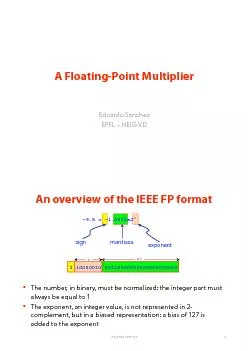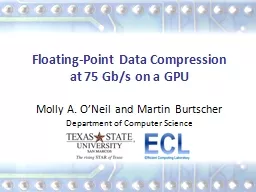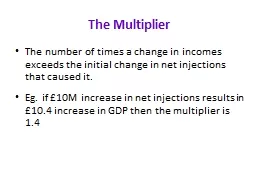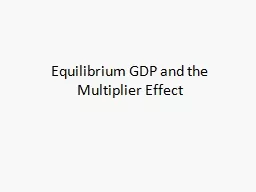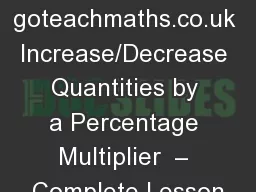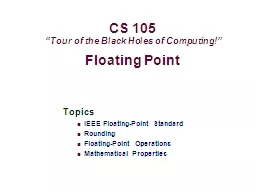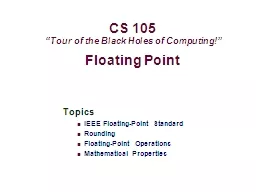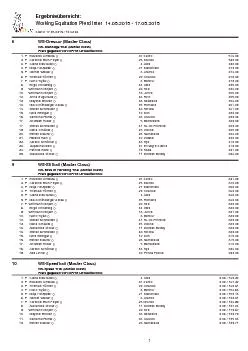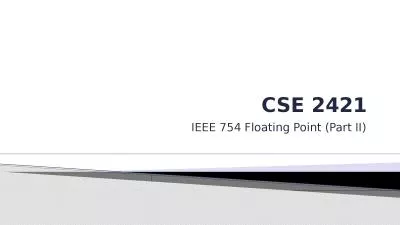PDF-A Floating-Point Multiplier Eduardo Sanchez EPFL
Author : celsa-spraggs | Published Date : 2015-08-31
An overview of the IEEE FP format The number in binary must be normalized the integer part must always be equal to 1 The exponent an integer value is not represented
Presentation Embed Code
Download Presentation
Download Presentation The PPT/PDF document "A Floating-Point Multiplier Eduardo Sanc..." is the property of its rightful owner. Permission is granted to download and print the materials on this website for personal, non-commercial use only, and to display it on your personal computer provided you do not modify the materials and that you retain all copyright notices contained in the materials. By downloading content from our website, you accept the terms of this agreement.
A Floating-Point Multiplier Eduardo Sanchez EPFL : Transcript
Download Rules Of Document
"A Floating-Point Multiplier Eduardo Sanchez EPFL "The content belongs to its owner. You may download and print it for personal use, without modification, and keep all copyright notices. By downloading, you agree to these terms.
Related Documents

